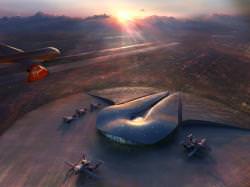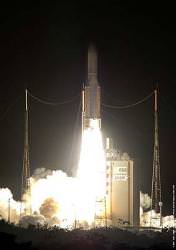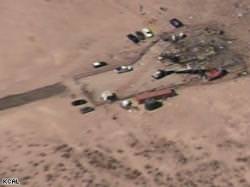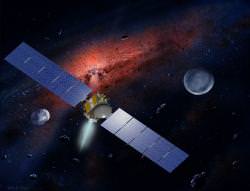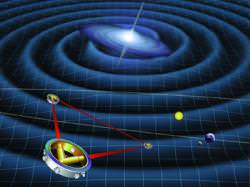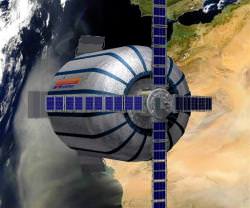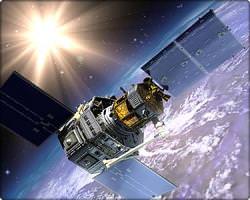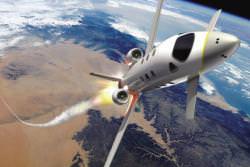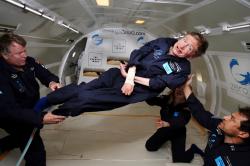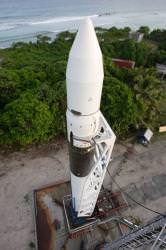Somebody pinch me, because I still can’t believe this is going forward. The world’s first commercial spaceport took the next step today, releasing new plans and illustrations to the public today. With a building that looks like the Millennium Falcon with wings, the spaceport, and its main tenant, Virgin Galactic, are taking this whole “space is cool” concept very, very seriously.
Spaceport America will be a 9,300 square metre (100,000 square foot) hanger and terminal facility located in Las Cruces, New Mexico. Construction is expected to begin in 2008, and is expected to be completed by 2009 or 2010.
It was designed by a partnership between the American firm URS Corporation and the British architectural agency Foster+Partners, which has plenty of experience designing airports.
Virgin’s chief, Sir Richard Branson, clearly had a hand in setting some of the environmental requirements of the facility. It was designed to meet the standards of the Leadership in Energy and Environmental Design Platinum Certification, which is the highest rating you can get from the US Green Building Council. It’ll have solar panels for electricity, a water recycling system and natural earth to provide passive energy for heating and cooling.
The terminal and hanger facility are expected to cost about $31 million, and will also serve as a tourist attraction. It will include Virgin Galactic’s pre-flight and post-flight training facilities, and contain a maintenance hanger for two White Knight 2 aircraft and five Spaceship 2s.
Branson revealed more details about Spaceship 2’s testing as well, saying, “next year will see the first test flights of Spaceship 2 and it is fantastic that we will now have a permanent home to go to, which will be every bit as inspiring for the astronauts of the future as Burt Rutan’s groundbreaking technology.”
So, Spaceship 2 tests next year, and a spaceport completed as early as 2009. Like I said… pinch me.
You can check out a full image gallery of the spaceport here.
Original Source: Spaceport America News Release

